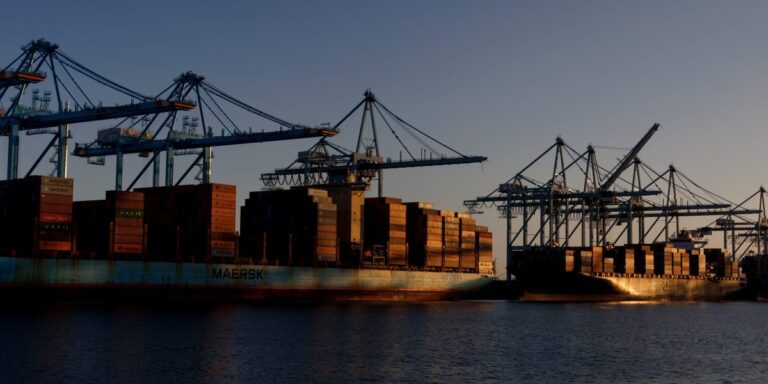[adrotate group="2"]

Image source: Getty Images
The Rolls-Royce (LSE:RR) share price has seen a steady rise throughout 2024, achieving a remarkable 100% increase over the past year. With CEO Tufan Erginbilgiç at the helm, the company is undergoing a significant transformation. Analysts remain optimistic about its future, highlighting robust earnings growth and enhanced profitability. Looking back from its low point about 26 months ago, the company’s recovery has been impressive.
Nevertheless, potential hurdles such as elevated valuation metrics and market fluctuations could temper investor enthusiasm. Factors like travel demand and defense spending are crucial influences on Rolls-Royce’s future, making the outlook an intriguing balance between potential growth and valuation risks.
Valuation concerns might be unfounded
There are arguments that concerns over Rolls-Royce’s valuation may not be entirely warranted. Although the company currently trades above its historical EV-to-EBITDA (enterprise value to earnings before interest, taxes, depreciation, and amortization) ratio, this ratio has historically been low due to previous challenges, including efficiency issues and the impacts of the pandemic.
Having emerged from recent difficulties, Rolls-Royce is now more cost-effective and significantly less leveraged, showing improvement in its debt situation alongside strong potential in its markets. Management’s successful turnaround strategy and growth prospects are supported by analysts, who forecast strong EBITDA growth continuing through 2026.
In essence, the company is on solid ground, and its business is expanding. Free cash flow is also anticipated to keep growing, though at a moderated pace compared to last year due to increased capital expenditures aimed at long-term growth.
Growth comes at a price
As investors, we often accept a premium for companies that promise earnings growth. Sometimes, these premiums can reach excessive levels — Arm Holdings, Broadcom, and Tesla are examples where growth expectations seem overly high.
In contrast, Rolls-Royce’s growth metrics are more reasonable. Currently, the stock trades at 35 times its forward earnings, with an expected annual earnings growth of 30% in the medium term. This results in a price-to-earnings-to-growth (PEG) ratio of 1.18.
Although this PEG ratio is above the typical fair-value benchmark of one, valuation metrics remain relative. Compared to peers, Rolls-Royce is more affordable and operates within industries characterized by substantial barriers to entry.
A comparative analysis suggests that the stock is trading between 30% and 50% below its competitors based on projected earnings over the next two years. Therefore, current valuation concerns may be overstated, especially in light of Rolls-Royce’s improved fundamentals and growth outlook.
Conclusion
Investors should approach Rolls-Royce with caution due to ongoing aerospace supply chain challenges, which could hinder working capital efficiency, production output, and new aircraft deliveries. These issues may lead to reduced engine flying hours and affect the company’s long-term services agreements.
Nevertheless, both management and analysts express confidence in the company’s ability to maintain growth and deliver value to shareholders. Should Rolls-Royce continue to exceed quarterly growth predictions, a further upward movement in stock price is likely. If I didn’t already hold enough shares in this engineering powerhouse, I would strongly consider acquiring more.





